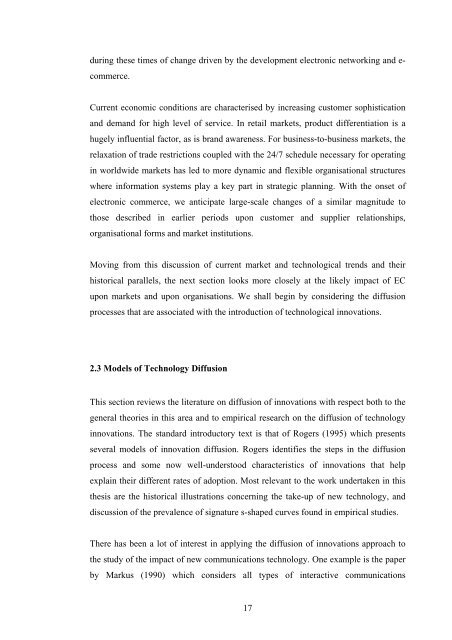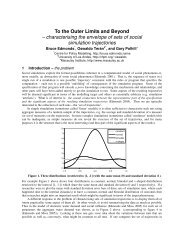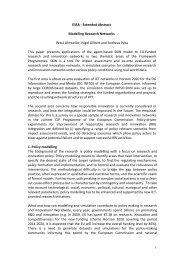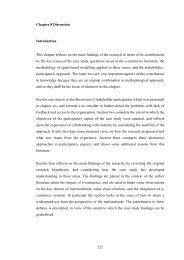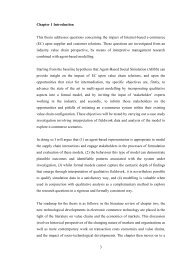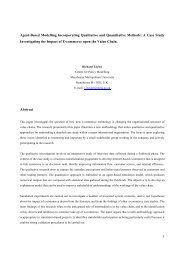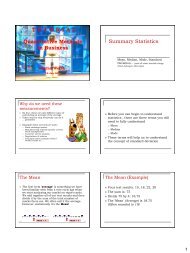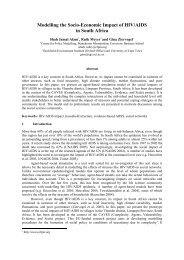7 Chapter 2 Literature Review: Markets, Intermediation and E ...
7 Chapter 2 Literature Review: Markets, Intermediation and E ...
7 Chapter 2 Literature Review: Markets, Intermediation and E ...
You also want an ePaper? Increase the reach of your titles
YUMPU automatically turns print PDFs into web optimized ePapers that Google loves.
during these times of change driven by the development electronic networking <strong>and</strong> e-<br />
commerce.<br />
Current economic conditions are characterised by increasing customer sophistication<br />
<strong>and</strong> dem<strong>and</strong> for high level of service. In retail markets, product differentiation is a<br />
hugely influential factor, as is br<strong>and</strong> awareness. For business-to-business markets, the<br />
relaxation of trade restrictions coupled with the 24/7 schedule necessary for operating<br />
in worldwide markets has led to more dynamic <strong>and</strong> flexible organisational structures<br />
where information systems play a key part in strategic planning. With the onset of<br />
electronic commerce, we anticipate large-scale changes of a similar magnitude to<br />
those described in earlier periods upon customer <strong>and</strong> supplier relationships,<br />
organisational forms <strong>and</strong> market institutions.<br />
Moving from this discussion of current market <strong>and</strong> technological trends <strong>and</strong> their<br />
historical parallels, the next section looks more closely at the likely impact of EC<br />
upon markets <strong>and</strong> upon organisations. We shall begin by considering the diffusion<br />
processes that are associated with the introduction of technological innovations.<br />
2.3 Models of Technology Diffusion<br />
This section reviews the literature on diffusion of innovations with respect both to the<br />
general theories in this area <strong>and</strong> to empirical research on the diffusion of technology<br />
innovations. The st<strong>and</strong>ard introductory text is that of Rogers (1995) which presents<br />
several models of innovation diffusion. Rogers identifies the steps in the diffusion<br />
process <strong>and</strong> some now well-understood characteristics of innovations that help<br />
explain their different rates of adoption. Most relevant to the work undertaken in this<br />
thesis are the historical illustrations concerning the take-up of new technology, <strong>and</strong><br />
discussion of the prevalence of signature s-shaped curves found in empirical studies.<br />
There has been a lot of interest in applying the diffusion of innovations approach to<br />
the study of the impact of new communications technology. One example is the paper<br />
by Markus (1990) which considers all types of interactive communications<br />
17


